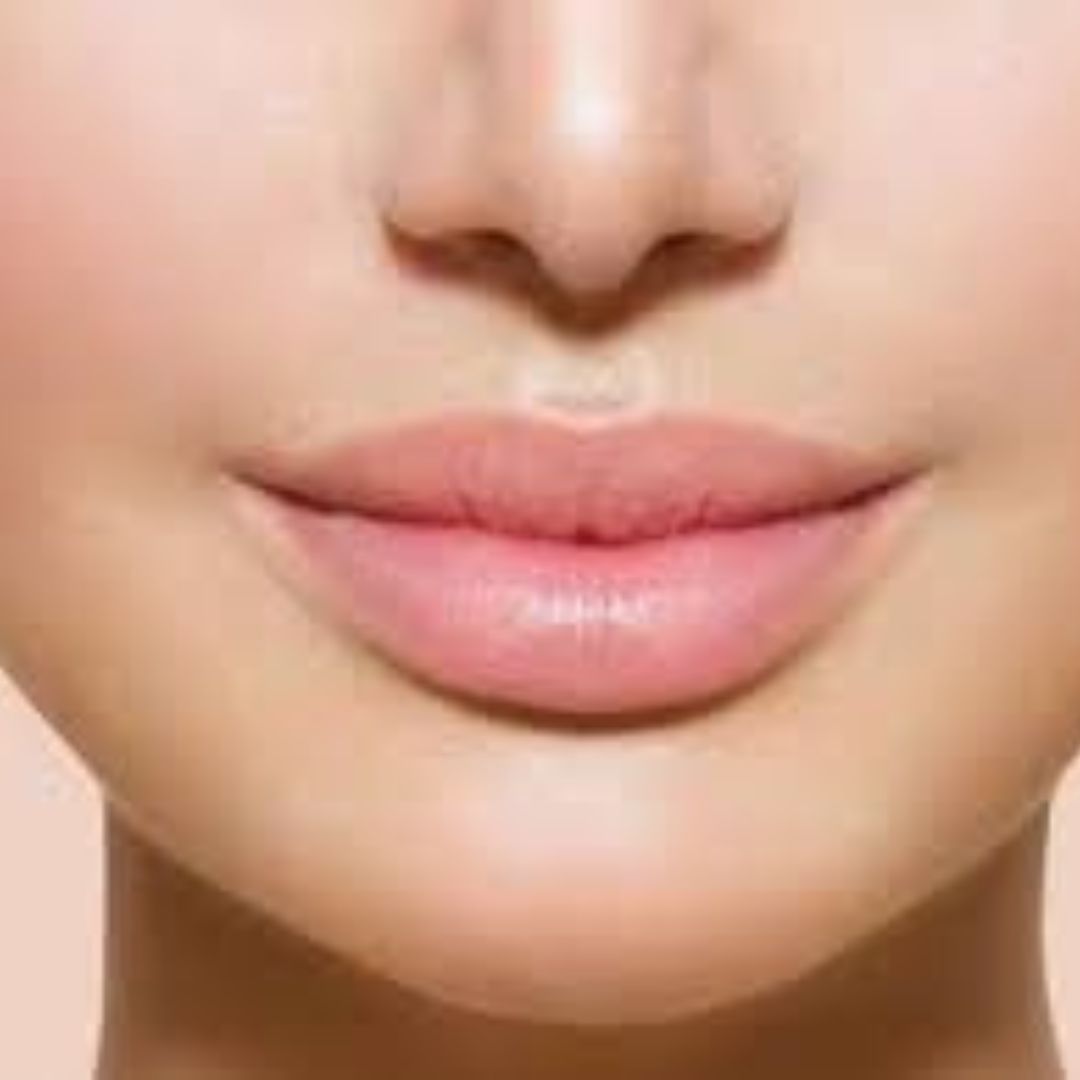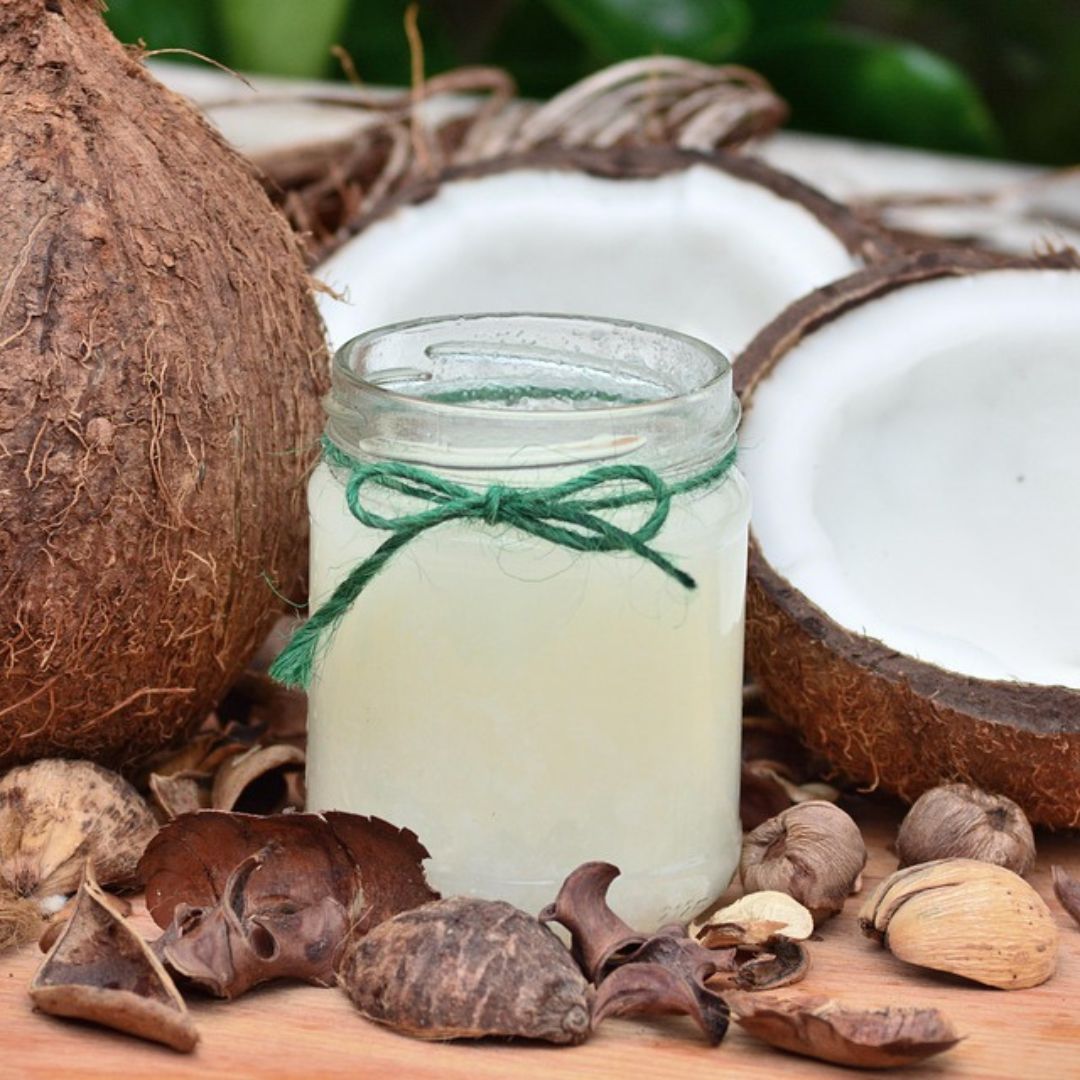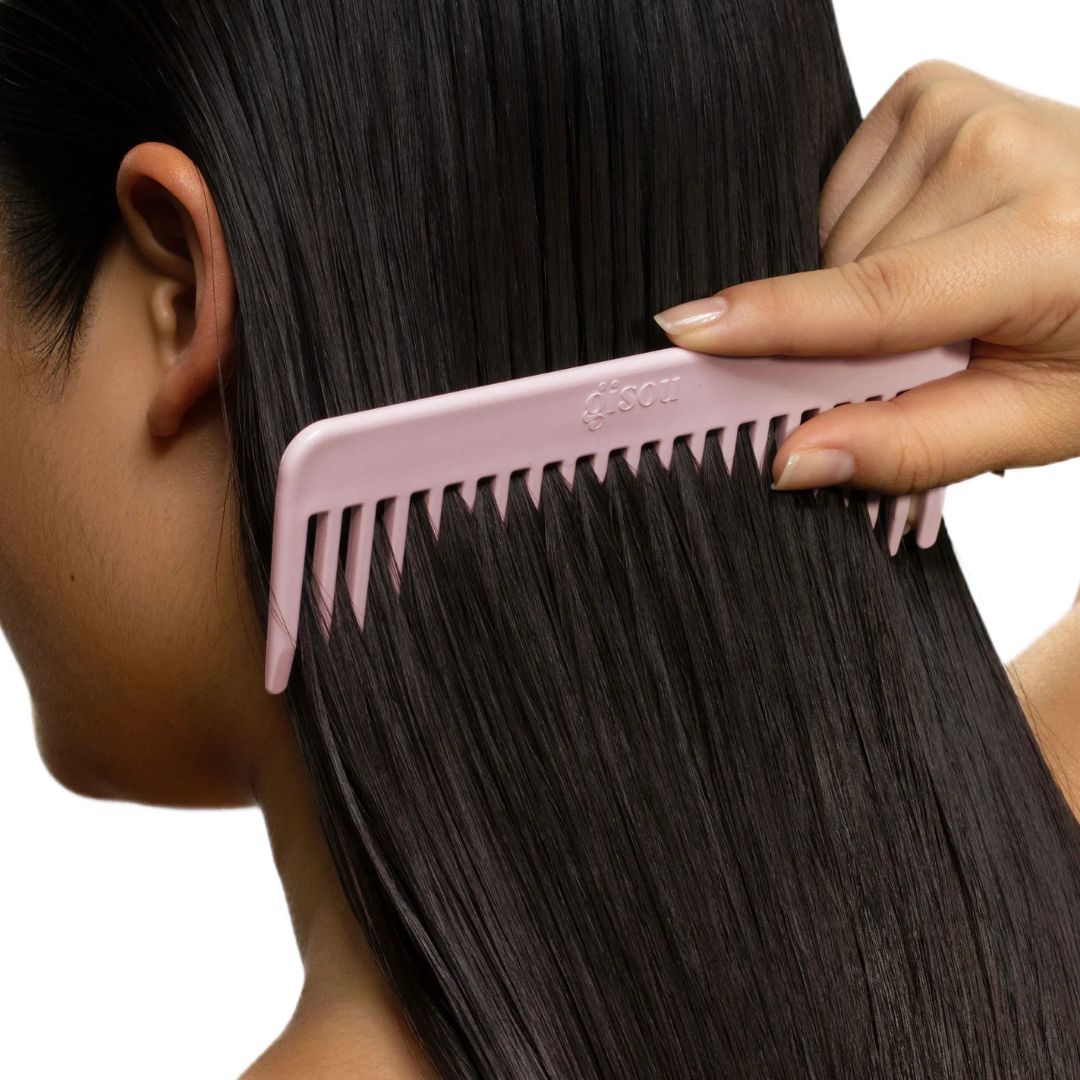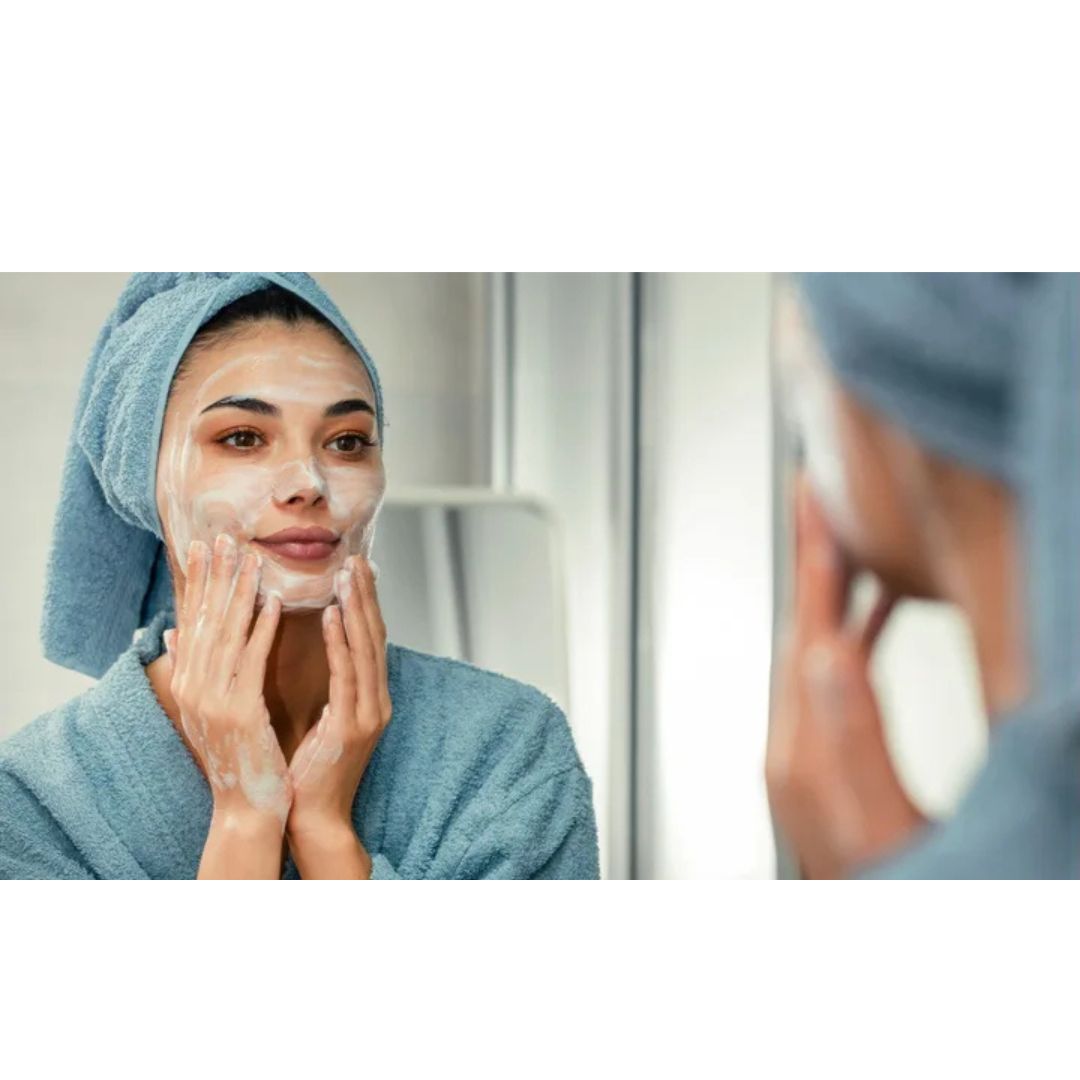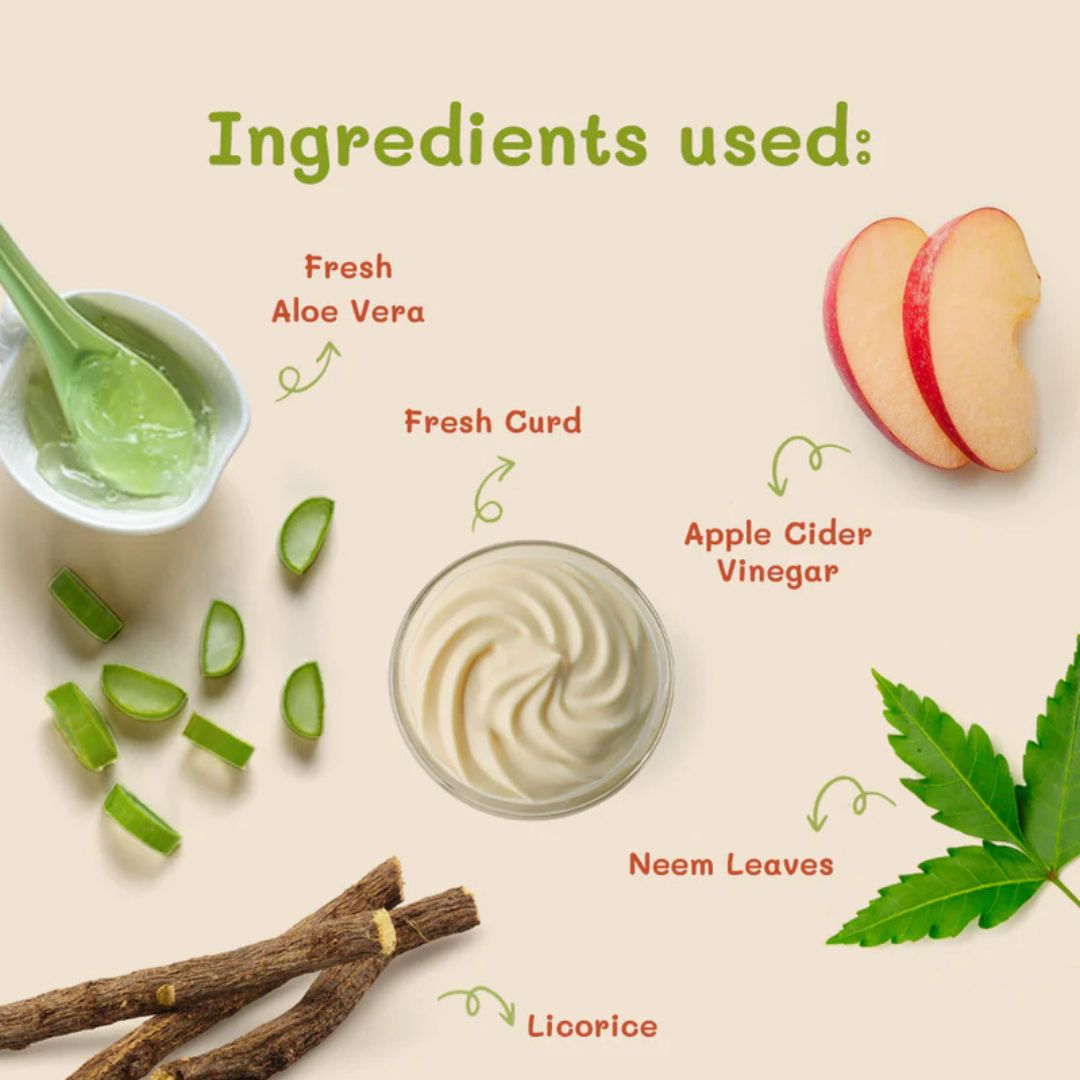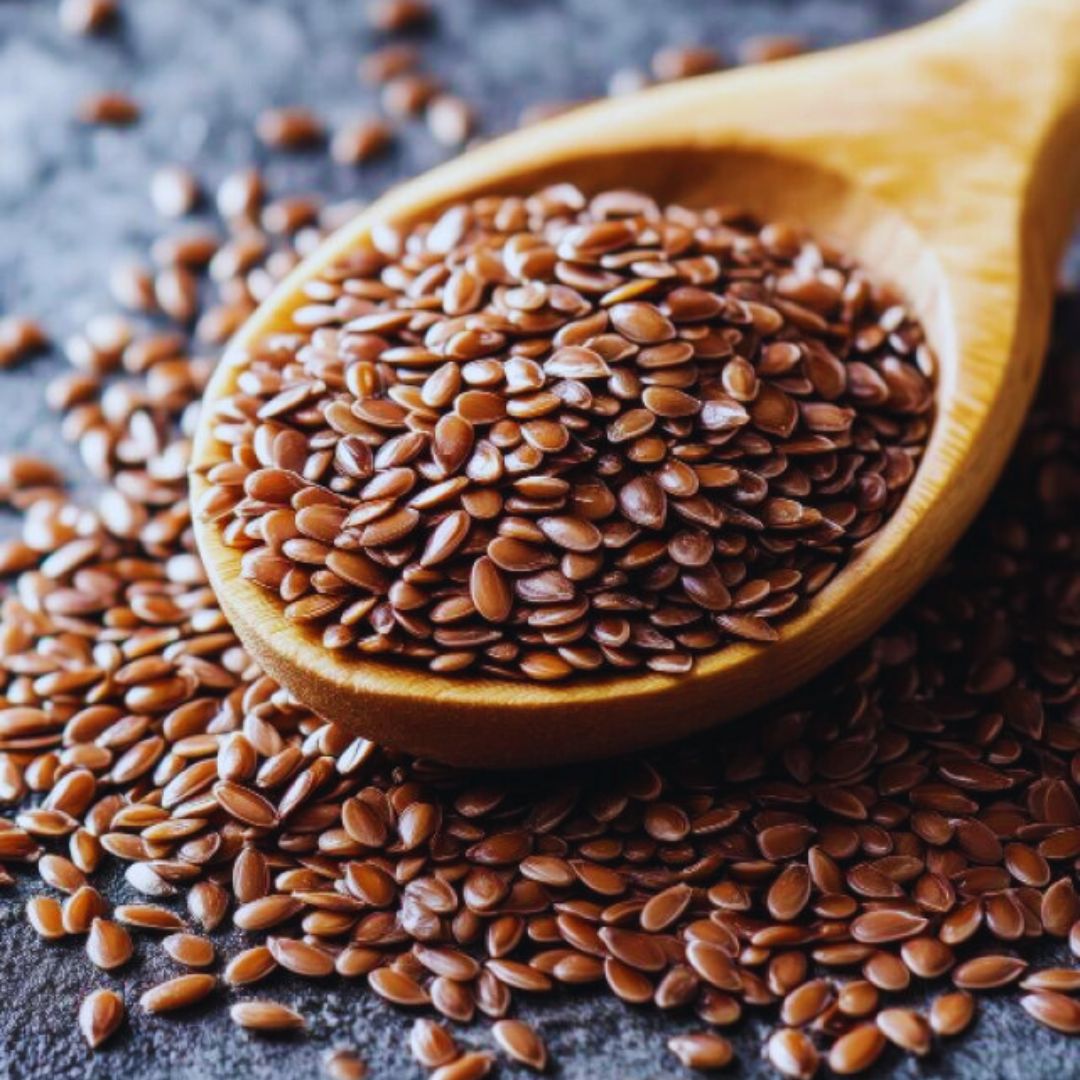Lip Pigmentation: Causes, Types, and Treatment Options (Effective Lip Pigmentation Treatment)
Your lips are often the first thing people notice about your face. Naturally pink, soft, and plump lips symbolize health and youthfulness. However, many individuals struggle with lip pigmentation—a condition that causes lips to appear dark, patchy, or uneven in tone. While this is usually not harmful, it can affect one’s confidence and aesthetic appeal.
In this blog, we will explore everything you need to know about lip pigmentation—its causes, different types, treatment options, and preventive tips.
What Is Lip Pigmentation? (Effective Lip Pigmentation Treatment)
Lip pigmentation refers to a discoloration or darkening of the lips, which may be localized in patches or affect the entire lip area. It can affect both men and women and is more noticeable in people with lighter skin tones.

Common Causes of Lip Pigmentation (Effective Lip Pigmentation Treatment)
Let’s explore the major internal and external factors responsible for lip pigmentation:
1. Sun Exposure
Just like your skin, your lips can also get pigmented from UV exposure. Lips lack melanin, which makes them more prone to sunburn and damage. Prolonged exposure leads to hyperpigmentation or dark patches.
2. Smoking
Tobacco contains nicotine and benzpyrene—chemicals that stimulate melanin production, causing smoker’s lips or darkening over time.
3. Caffeine and Hot Beverages
Regular consumption of tea, coffee, or very hot drinks may cause lip dehydration and discoloration due to long-term staining.
4. Allergic Reactions
Some lip balms, lipsticks, or toothpaste contain ingredients like parabens, menthol, or fluoride, which can trigger contact dermatitis and pigmentation.
5. Hormonal Changes
Pregnancy, menopause, or thyroid imbalances can cause hormonal fluctuations that affect melanin production and lead to melasma-like pigmentation on the lips.
6. Medical Conditions
Certain systemic illnesses like Addison’s disease, Peutz-Jeghers syndrome, or even anemia can manifest as lip pigmentation.
7. Dehydration & Lip Licking
Lack of water intake or the habit of frequent lip licking can lead to dry, cracked, and pigmented lips.
8. Vitamin Deficiencies
Deficiencies in Vitamin B12, Iron, and Folic Acid are strongly linked with pale or darkened lips.
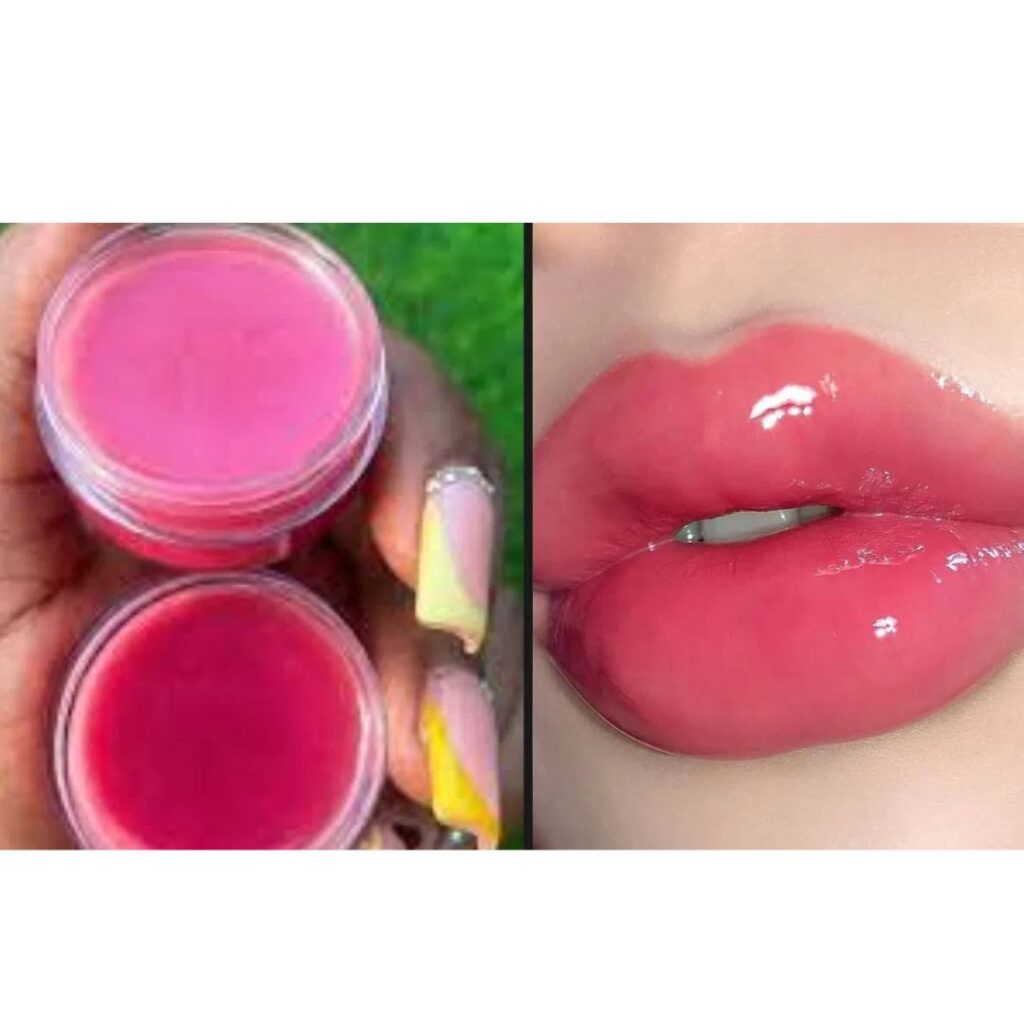
Types of Lip Pigmentation (Effective Lip Pigmentation Treatment)
There are different types of pigmentation, and understanding them can help determine the right treatment:
1. Post-Inflammatory Hyperpigmentation (PIH)
Occurs due to trauma, burns, or inflammation such as herpes, lip injuries, or over-exfoliation. PIH results in brown to black spots.
2. Melasma
Though mostly found on the face, melasma can occasionally affect the lips—especially the upper lip. Appears as symmetric brownish patches.
3. Lentigines or Freckles
Small, dark spots often caused by sun damage. These solar lentigines can appear on both lips and skin.
4. Smoker’s Pigmentation
A form of uniform or patchy darkening of lips and gums, more prevalent in long-term smokers.
5. Lip Licker’s Dermatitis
Characterized by dry, red, and pigmented outer lips due to frequent licking and irritation.
6. Drug-Induced Pigmentation
Medications like antimalarials, chemotherapy, or certain antibiotics can cause lip discoloration as a side effect.
Treatment Options for Lip Pigmentation (Effective Lip Pigmentation Treatment)
Treating lip pigmentation requires a multi-pronged approach depending on the root cause. Below are effective treatment options:
🔹 1. Topical Treatments
a) Hydroquinone Creams
A depigmenting agent that slows melanin production. Should be used under a doctor’s supervision, especially on lips.
b) Kojic Acid & Arbutin
These are natural skin brighteners that can lighten pigmented areas with fewer side effects.
c) Vitamin C Serums
Helps reduce oxidative stress and lighten dark areas over time.
d) Retinoids (Retinol)
Promote cell turnover, though they must be used cautiously around the lip area to prevent irritation.
🔹 2. Laser Treatments
a) Q-Switched Nd:YAG Laser
Targets and breaks down melanin pigments in the lips. Non-invasive and requires 2–5 sessions.
b) Fractional CO2 Laser
Used for more severe cases. It removes pigmented layers and boosts new skin formation.
⚠️ Laser treatments should always be performed by licensed dermatologists.
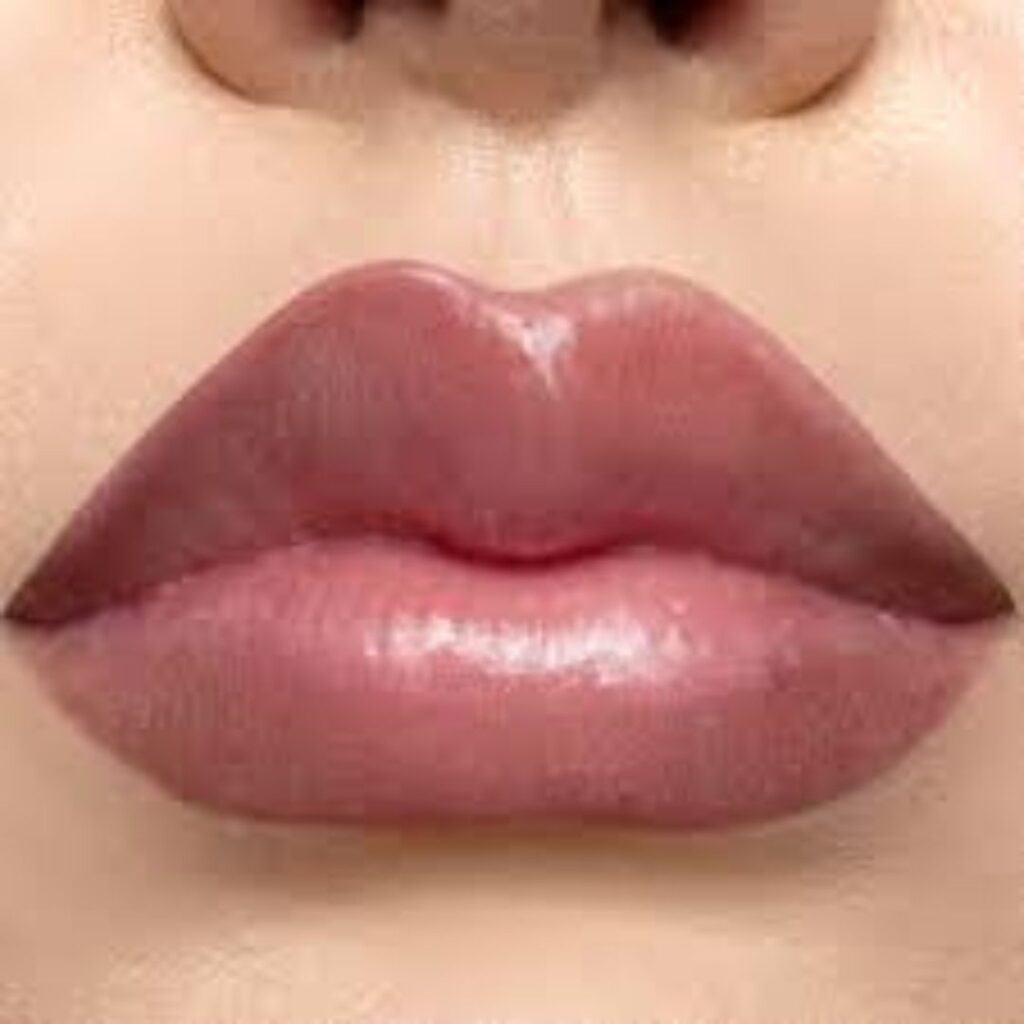
🔹 3. Chemical Peels
Mild peels using lactic acid, glycolic acid, or mandelic acid are used to exfoliate pigmented skin and encourage regeneration. These are ideal for post-inflammatory pigmentation and sun spots.
🔹 4. Micropigmentation Correction
For individuals with pigmentation caused by bad lip tattooing, micropigmentation reversal using saline solutions or lasers is an option.
🔹 5. Natural Remedies (Mild Cases)
These may help in early or mild pigmentation cases:
- Lemon and Honey: Natural bleaching and hydration combo
- Aloe Vera Gel: Contains aloesin, which suppresses melanin
- Beetroot Juice: Adds natural pink tint and antioxidants
- Cucumber Juice: Cools and helps lighten lip tone
⚠️ These remedies are not substitutes for professional treatments but can support results.
🔹 6. Lip Tattooing (Semi-Permanent Tinting)
Involves pigment implantation into lips to improve color and symmetry. It doesn’t treat pigmentation but masks it aesthetically. Requires touch-ups every 1–2 years.
Prevention: How to Avoid Lip Pigmentation (Effective Lip Pigmentation Treatment)
Prevention is better than cure, and with the following practices, you can keep your lips healthy:
✅ Always Apply SPF
Use lip balms with SPF 15 or higher to protect lips from sun damage.
✅ Stay Hydrated
Drink 2–3 liters of water daily to maintain natural lip moisture and color.
✅ Quit Smoking
One of the most important steps if you’re experiencing pigmentation.
✅ Patch-Test Lip Products
Try new lipsticks, balms, or toothpaste on a small area to check for reactions.
✅ Use Gentle Lip Scrubs
Exfoliate lips 1–2 times per week using a gentle sugar scrub to remove dead cells.
✅ Eat a Balanced Diet
Include iron, folate, and B12-rich foods to prevent deficiency-related discoloration.

When to See a Dermatologist (Effective Lip Pigmentation Treatment)
You should seek professional help if:
- The pigmentation is sudden or worsening.
- It is accompanied by itching, burning, or pain.
- You’ve tried over-the-counter products with no improvement.
- You have a family history of pigmentation disorders.
FAQs About Lip Pigmentation (Effective Lip Pigmentation Treatment)
❓ Can lip pigmentation be permanently removed?
Most cases can be treated effectively, but recurrence is possible without maintenance. Some treatments offer long-lasting results.
❓ Is pigmentation the same as dark lips from birth?
No. Genetic lip color is different. Pigmentation refers to acquired darkening or discoloration.
❓ Is lip pigmentation dangerous?
Usually, it is harmless. However, sudden changes in color or texture may warrant a cancer screening.
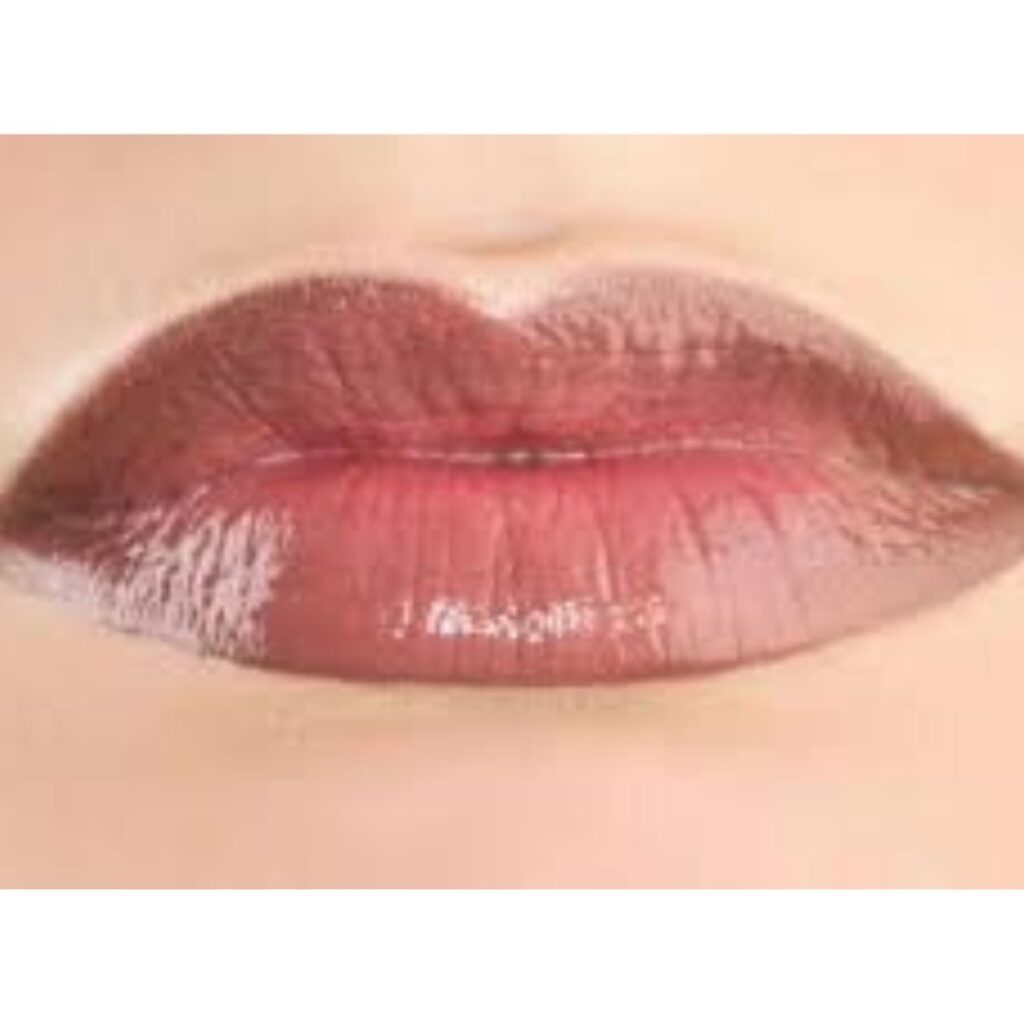
Conclusion (Effective Lip Pigmentation Treatment)
Lip pigmentation is a common aesthetic concern caused by lifestyle, environmental, and medical factors. While not usually dangerous, it can impact appearance and self-confidence. With advancements in dermatological treatments—from lasers to peels and safe topical agents—achieving soft, pink, and even-toned lips is entirely possible.
Early diagnosis, consistent lip care, and sun protection can go a long way in preventing and reversing lip pigmentation.
